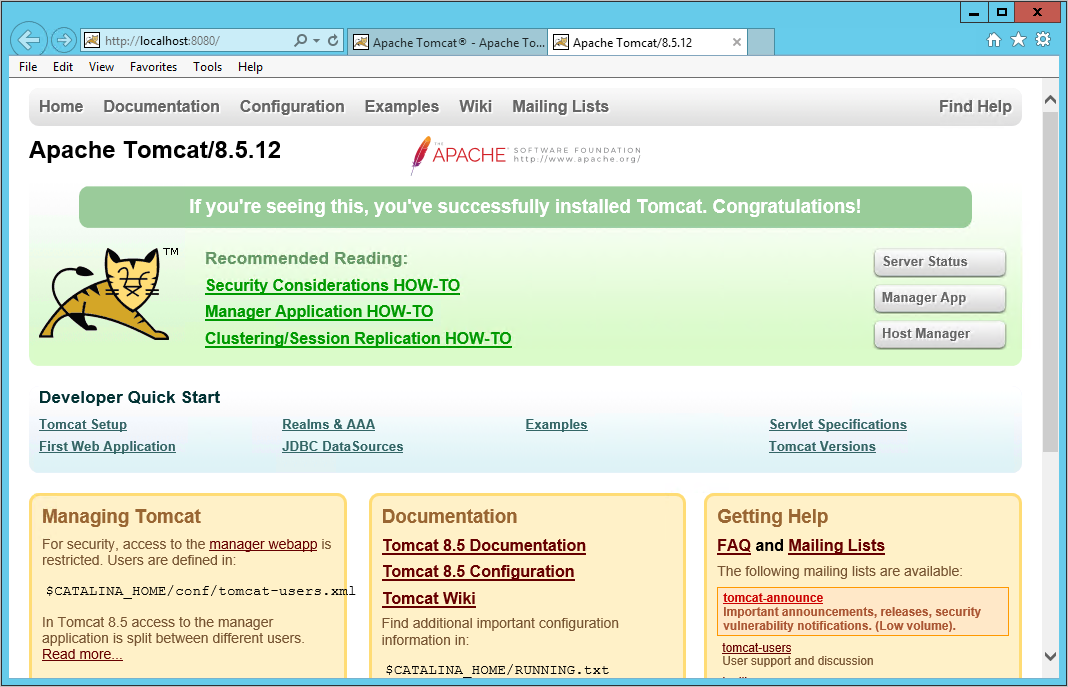

Machines have become much faster, solving the performance problem, and Let’s Encrypt provides free TLS certificates. TLS/SSL certificates used to be expensive, and HTTPS was considered slow. Its primary goal is to ensure privacy and data integrity between computer applications. TLS is a cryptographic protocol that provides secure communication over a computer network. You might’ve heard it called SSL (Secure Sockets Layer).
.png)

Transport Layer Security (TLS) is the official name for HTTPS. If you have additional suggestions from the ones we’ve listed, please add them in the comments! 1. We figured writing this post would be a fun way to give back to the community. We both work for companies in the security industry, love Java, and want to help developers create more secure applications. I collaborated on this post with Simon Maple, fellow Java Champion and Director of Developer Relations at Snyk. This post aims to educate you on steps you can take to create a more secure Spring Boot application. If you’re a developer and you’re not concerned about security, chances are you think you should be. Much like code quality and testing, security has become a concern in developers minds. Spring Boot was first released in 2014, and a lot has changed since then. If you were used to Spring and lots of XML back in the day, Spring Boot is a breath of fresh air. Its autoconfiguration and starter dependencies reduce the amount of code and configuration you need to begin an app. Spring Boot has dramatically simplified the development of Spring applications.


 0 kommentar(er)
0 kommentar(er)
